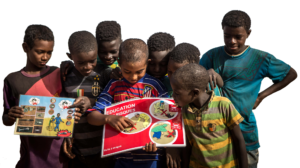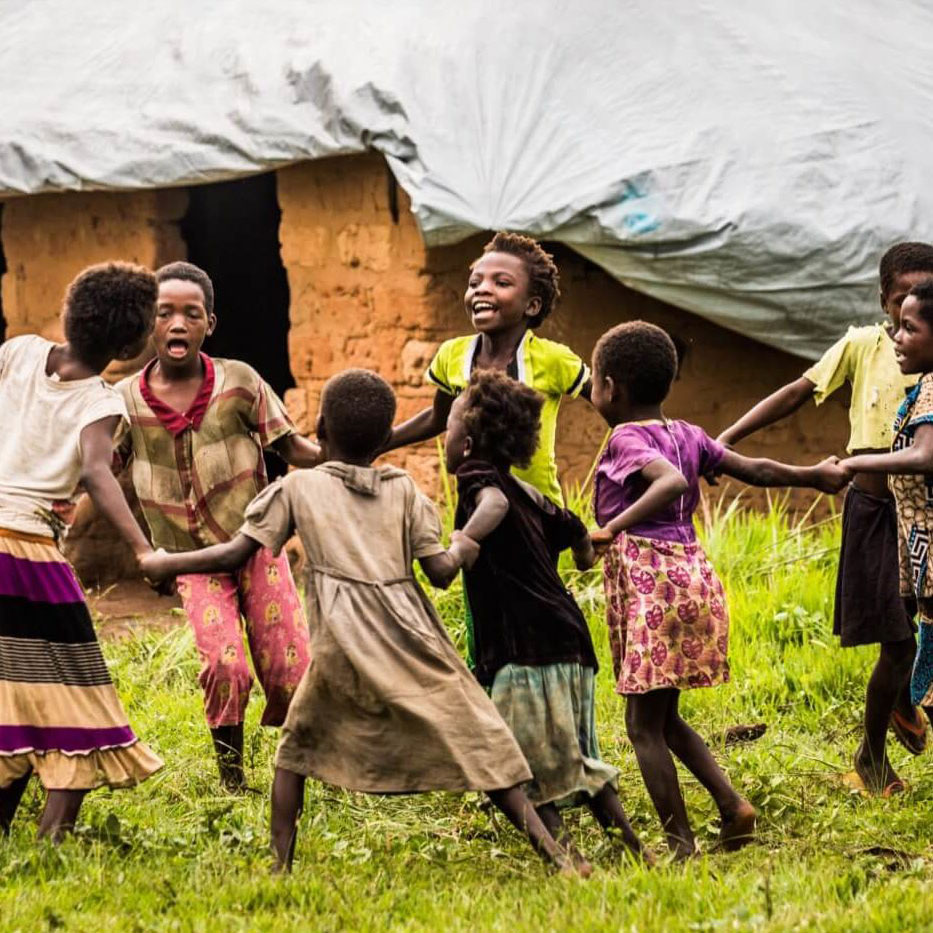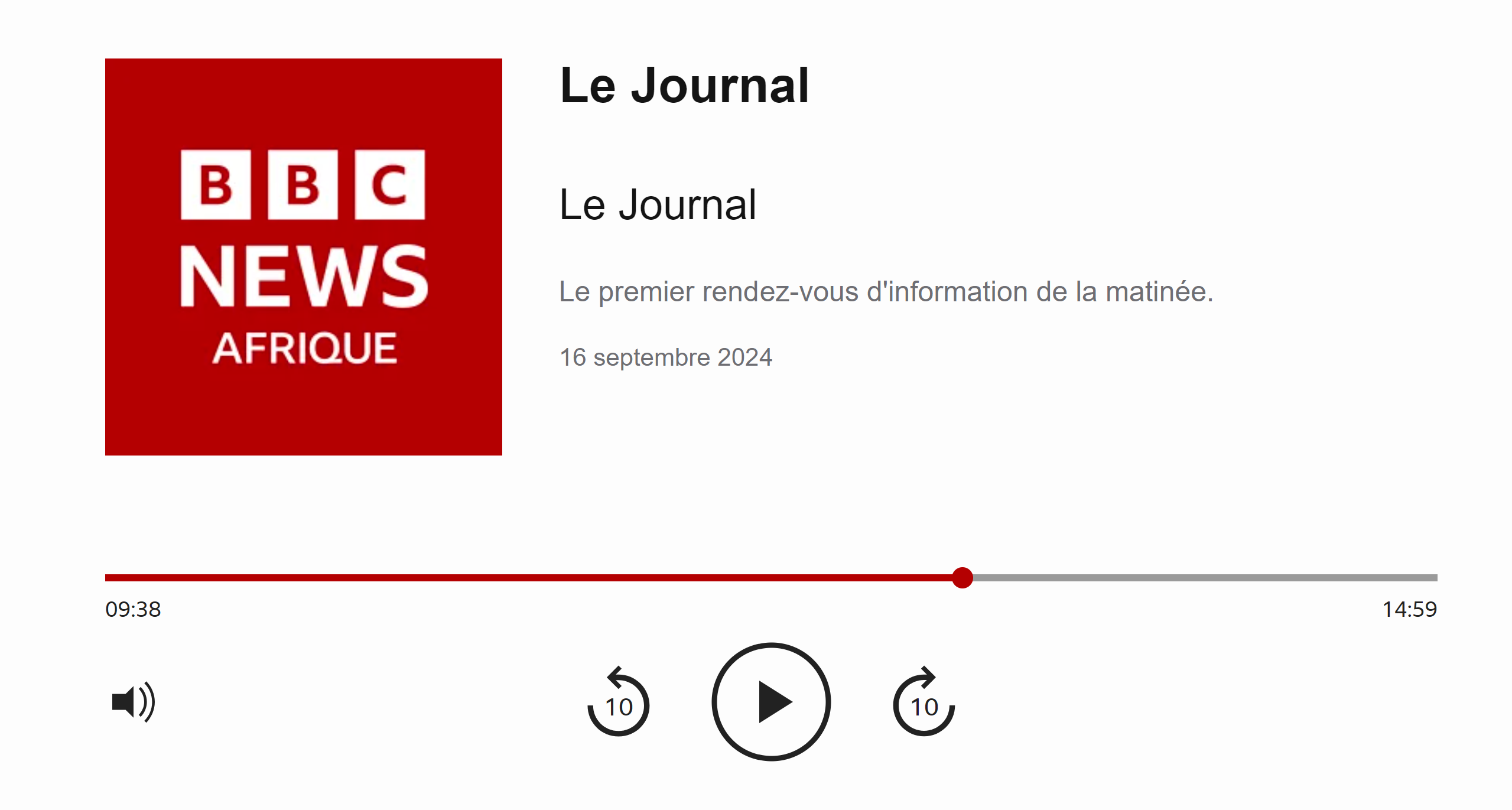GCPEA News
Support for schools on the frontline of conflict: A priority in protecting education from attack
Global Partnership for Education, November 16, 2016
Blog – November 16, 2016 by Cristal Downing
On October 6, 2016, the Global Coalition to Protect Education from Attack (GCPEA) released its latest report, What Schools Can Do to Protect Education from Attack and Military Use.
The paper identifies measures being implemented at the school-level to protect education from attack. It also makes recommendations on how ministries of Education, UN agencies, and international and local NGOs can better support teachers, principals, and school committees in protecting schools from attack and military use.
Since 2013, targeted and indiscriminate attacks on schools have occurred in places as diverse as Syria, Afghanistan, South Sudan, and Colombia. In these countries and others, teachers and students have been killed and injured by air strikes, mines, suicide bombers, gunmen, and others, as they courageously strive to continue to teach and learn amidst conflict and insecurity.
In addition, schools have been used for military purposes, as barracks, bases, and detention centers.
In this environment, it is critical that schools and school-based personnel have tools to better protect themselves and their students.
Measures to protect schools
The report identifies and describes risks and challenges for seven measures that can be used to protect schools:
- unarmed physical protection, including unarmed guards, physical infrastructure such as boundary walls and emergency bunkers, and protective accompaniment for students and teachers at schools and on the way to and from school
- armed physical protection (armed guards)
- negotiations with armed groups not to attack or use schools
- early warning/alert systems to communicate attacks or threats of attack in real time, including the use of networks of school personnel and parents to distribute warnings of attacks, for example, through text messages
- alternative delivery of education, often in coordination with community members or NGOs, such as changing the time, place, and mode of providing education
- psychosocial support, including referral systems, so that students and teachers can access mental health services, and teacher training in provision of psychosocial support and referral
- comprehensive school-based safety and security plans, which can incorporate some, or all, of the six other measures into a strategic, coordinated approach to assessing risk, implementing planning processes, and formulating responses.
School-based safety and security plans: A foundation for school-based protection
Throughout the report, GCPEA’s strongest recommendation is that schools must develop safety and security plans.
Drawing on the other six types of measures described, such plans form the foundation of school protection. Implemented at the school-level, ideally with support from ministries of Education, UN agencies, or national and international NGOs, these plans should be context-specific to the community and the risks it faces.
Safety and security planning should ensure that schools have the tools necessary to better prevent and respond to attacks and military use, thereby ensuring safer learning and teaching environments for students and personnel.
Examples from around the world
Our new report uses good practice examples to illustrate what can be done to keep students safe in the places where they learn. For example, the report highlights the over-arching recommendation to develop safety and security plans by describing UNESCO’s Crisis and Disaster Risk Reduction Program in Gaza.
The c-DRR program adapts components of disaster risk reduction to Gaza’s conflict environment, including risk assessments and parent-teacher telephone alert networks.
Another example focuses on negotiations to create a safe school community. Since 2014, the Fashoda Youth Forum in South Sudan has engaged community leaders, members of the military, and local authorities in negotiations to protect schools from military use.
Two examples illustrate how early warning systems can be implemented through SMS text messages. In the first, in the Central African Republic in 2015, school community members with support from UNICEF informed security agencies of threats of attack and requested support through EduTrac.
In Mali, teachers and students overcame weak mobile phone service by establishing phone trees through which they sent messages from locations where coverage was stronger. This allowed them to inform relevant agencies about mines near schools.
Final recommendations to school-based actors and beyond
Our report concludes by making recommendations for how specific groups of actors can support schools in protecting themselves from attack and military use.
For school personnel, the report recommends taking a leadership role in developing and implementing school-based safety and security planning, conducting risk analysis, facilitating community involvement, and seeking resources to strengthen protection measures.
To ministries of Education and others, it recommends providing financial and technical support for schools, enacting relevant policy, and conducting advocacy. All governments should endorse the Safe Schools Declaration and implement the Guidelines for Protecting Schools and Universities from Military Use during Armed Conflict.
Finally, it recommends that UN agencies and international and local NGOs provide technical and other support for conflict-sensitive evidence-based measures and protection, and advocacy with governments.
Schools are on the frontlines of protecting education from attack and military use. Our report provides a framework for relevant actors to give schools the support they acutely need to ensure that children everywhere learn in stable and safe environments.




